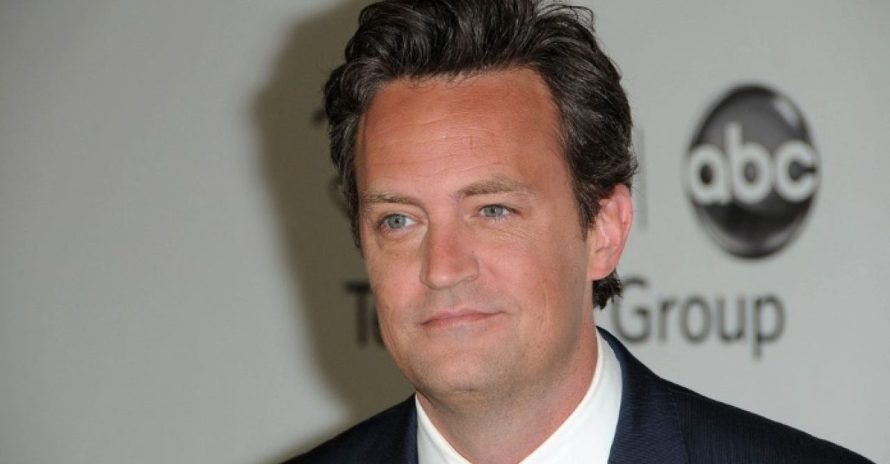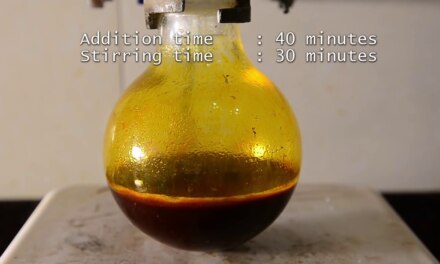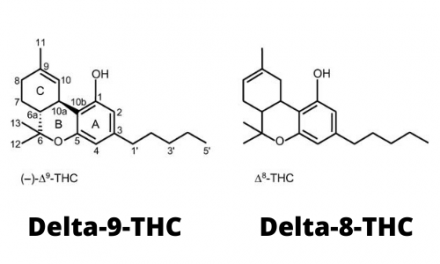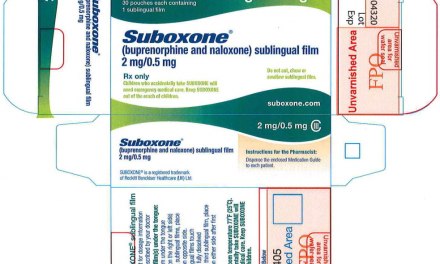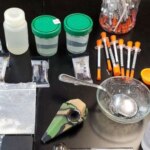On October 28 of last year, the body of Matthew Perry was found “floating face down in the heated end” of a pool at his home in Los Angeles. (Our article from 11/23) His death has been ruled accidental, through overdose. Authorities are now focused on identifying the individual (or individuals) who provided him with the drugs that resulted in his death. Here’s an update:
Criminal investigation into Matthew Perry’s ketamine death ongoing, LAPD says
Per the autopsy, ketamine was the principal culprit. Secondary contributors were buprenophine (probably prescribed), a cardiac condition, and of course, drowning. The only surprise was exactly how much ketamine was found in Perry’s system at the time — enough to induce general anesthesia in a surgical setting.
Perry had used ketamine before, had in fact been administered the drug by infusion a week or so before the incident. That couldn’t have accounted for his later overdose, so detectives concluded he must have had another source for the drug. His history supported that: like many celebs during their active addiction, he apparently relied on a network of go-betweens to supply his habit.
As a public figure, he required secrecy, and had the money to pay for it.
It might not be that easy to identify the source for a particular dose, because there’s a whole lot of ketamine currently in circulation. No longer just a staple of veterinary medicine, it’s gained acceptance as a remedy for a host of mental health problems, including major psychiatric disorders.
Ironically, that’s despite the fact that the FDA has yet to approve the drug for the treatment of any psychological condition. Nonetheless, a widespread network of ‘ketamine clinics’ has sprung up throughout the US. Some administer the drug via nasal spray, while others, including the one Perry attended, practice the aforementioned infusion (“the continuous slow introduction of a solution, especially into a vein.”)
I suppose it’s not out of the question that some of that ketamine could have been diverted to the black market. Or that illicitly-made versions of the drug were also available, courtesy of outlaw chemists. The point is, it may not have presented much of a challenge to Perry to procure the stuff, even at that dosage, for his personal use.
He wasn’t suicidal. One of his television costars claims she spoke to him just that morning, and he seemed in good spirits. He even played a game of pickleball. That allowed the medical examiner to conclude his death had been an accident.
The idea behind this investigation, and others of its type, is to identify someone who could be held legally responsible for Perry’s death. Charged and presumably punished for their role in providing the drugs that killed him. This is important in terms of some sort of closure, we’re told, for his loved ones as well as his many fans.
In terms of advancing Mattheew Perry’s oft-stated goal of saving the lives of other addicted persons, current and future, it’s probably irrelevant. After all, overdose rates continue to climb, not only for opioids, but for methamphetamine, too. And perhaps now, ketamine.
If we want Matthew Perry’s death to have meaning, we should do something about that.

